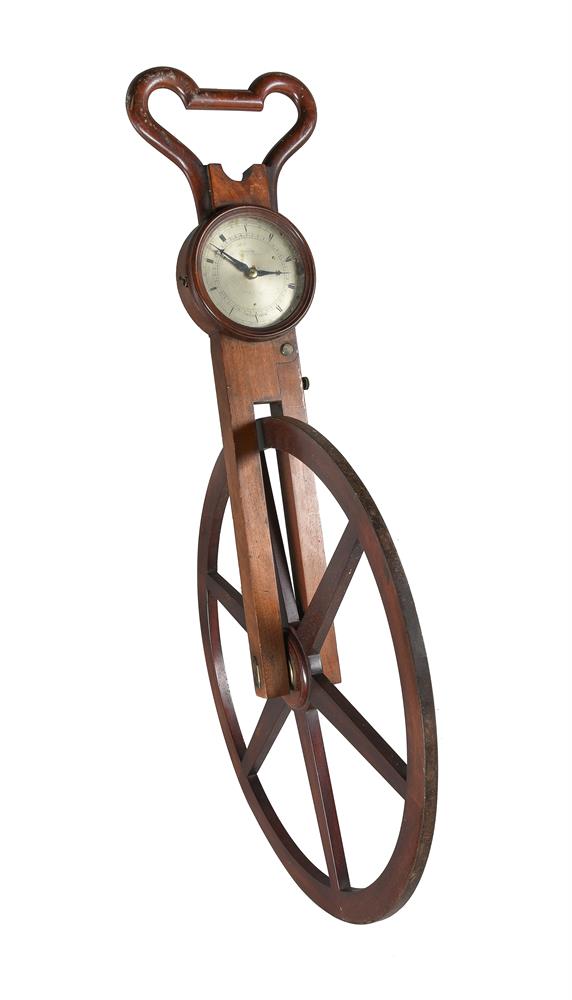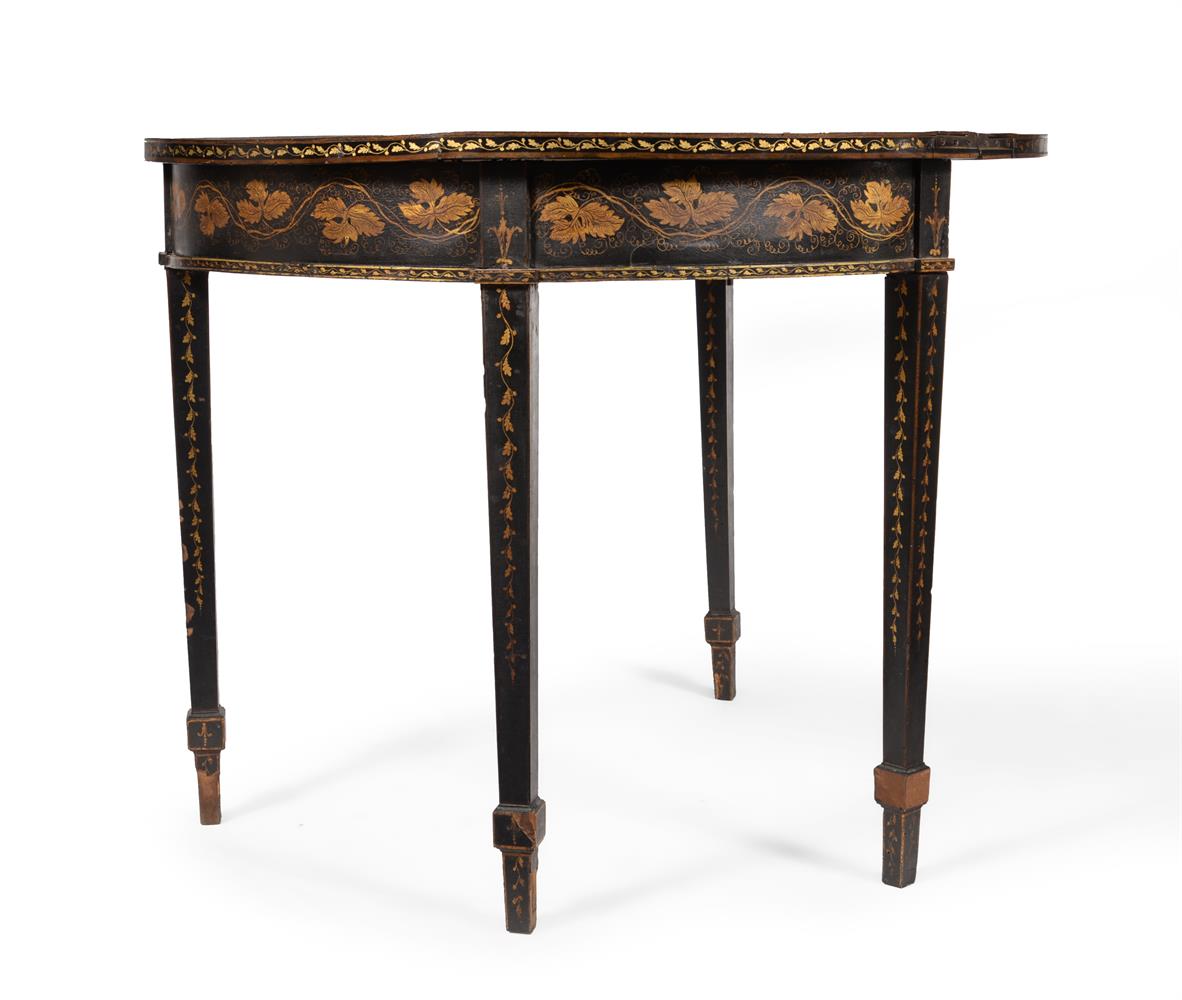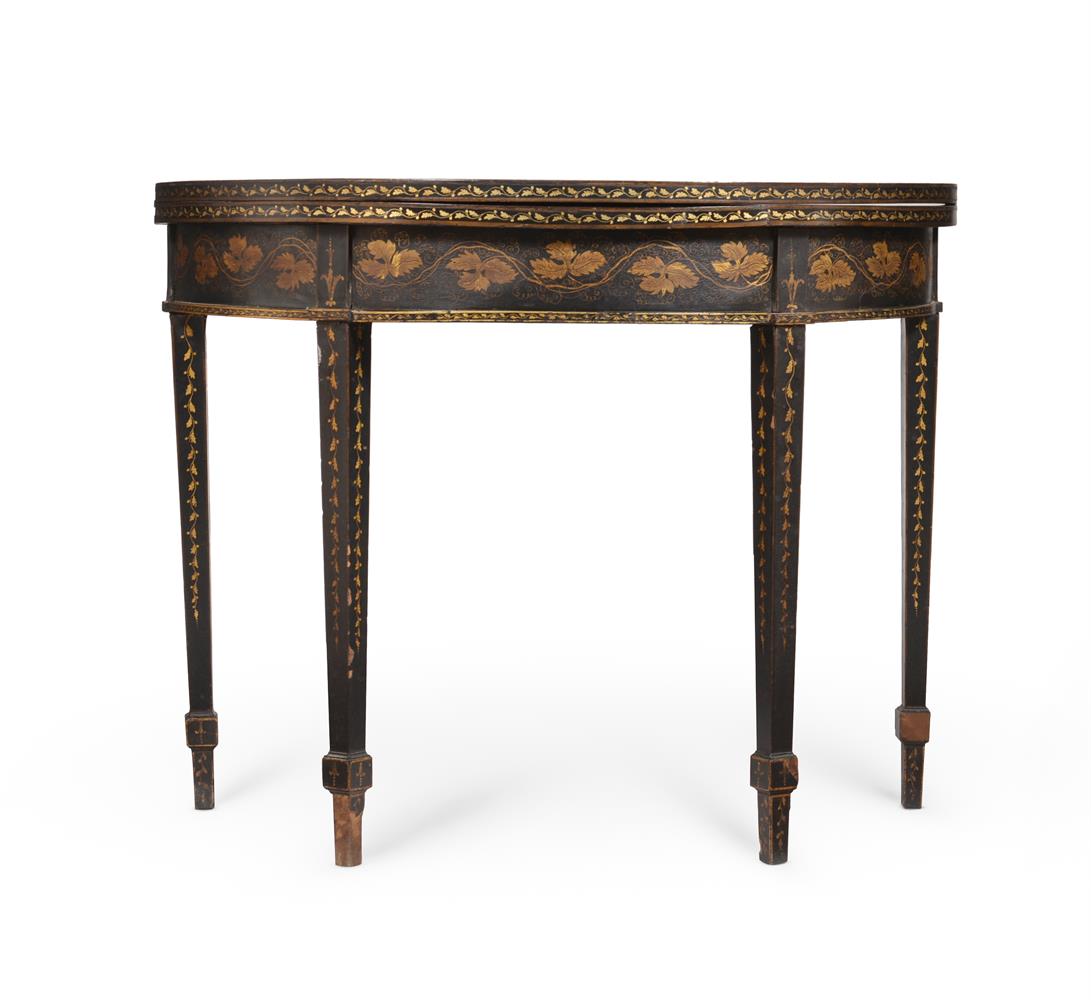A rare George III seven-day weight-driven 'hook-and-spike' wall timepiece with alarm James Woolley, Codnor, circa 1765 The four wheel going train with anchor escapement regulated by seconds pendulum set between tapered plates united by four square section steel pillars, with arched cut-out to lower margin and integral extension to the left hand side for the offset alarm mechanism which sounds on a bell mounted above, the backplate fitted with distinctive backcock incorporating long pendulum suspension arm, the 9 inch diameter circular single-sheet brass Roman numeral dial with alarm disc, pierced iron hand and engraved signature Woolley, Codnor to centre, applied to a caddy moulded square oak dial board fitted with pine box case to rear incorporating iron hanging hoop, spurs and removable back panel, 28cm (11ins) high including bell. Provenance: From the estate of an esteemed antiquarian horologist. Literature: The current lot is well documented featuring in Darken, Jeff and Hooper John English 30 Hour Clocks pages 277-80 figs. 5/29 to 5/32; and Darken, Jeff (editor) TIME & PLACE, English Country Clocks 1600-1840 as exhibit 54 pages 180-1 (where the movement is extensively illustrated). James Woolley is noted in Darken, Jeff and Hooper John English 30 Hour Clocks (on page 136) as 'one of the most renowned of provincial clockmakers' who was born in 1695 and lived until 1786 when he was succeeded by his nephew, John. James Woolley was born to a relatively wealthy family however he appeared to have had a wayward streak which led to him being caught poaching as a boy. His subsequent apprenticeship to the blacksmith Thomas Tantum of Lascoe lead him to become a clockmaker, a career in which he excelled. In 1726 Woolley presented a turret clock to the City of Nottingham and thus was enrolled as a Burgess; this no doubt brought him to the attention of possible clients thus secured his future. Although eight-day longcase clocks by Woolley are known he appears to have specialised in thirty-hour work; however the attention to detail lavished on his movements and the quality of finish seen on many of his dials are why they are so highly regarded by modern day collectors. The current lot is the second of probably only two documented wall clocks of this type by Thomas Woolley, with the other also being offered in this sale as the previous lot. The design and layout of the movement is typically original and possesses many fine details such as the deep domed wheel collets and castellated tooth form for the alarm crownwheel. The provision of an alarm and the fact that it has a duration of seven-days differentiates the movement of the current timepiece from the previous lot. These differences perhaps either demonstrates progression in Woolley's approach or willingness to satisfy the specific demands of a client. The relatively utilitarian appearance of the dial would suggest that the current timepiece was destined for 'backstairs' use of a large household with the alarm designed to alert staff at the beginning of the working day. Condition report disclaimer
A rare George III seven-day weight-driven 'hook-and-spike' wall timepiece with alarm James Woolley, Codnor, circa 1765 The four wheel going train with anchor escapement regulated by seconds pendulum set between tapered plates united by four square section steel pillars, with arched cut-out to lower margin and integral extension to the left hand side for the offset alarm mechanism which sounds on a bell mounted above, the backplate fitted with distinctive backcock incorporating long pendulum suspension arm, the 9 inch diameter circular single-sheet brass Roman numeral dial with alarm disc, pierced iron hand and engraved signature Woolley, Codnor to centre, applied to a caddy moulded square oak dial board fitted with pine box case to rear incorporating iron hanging hoop, spurs and removable back panel, 28cm (11ins) high including bell. Provenance: From the estate of an esteemed antiquarian horologist. Literature: The current lot is well documented featuring in Darken, Jeff and Hooper John English 30 Hour Clocks pages 277-80 figs. 5/29 to 5/32; and Darken, Jeff (editor) TIME & PLACE, English Country Clocks 1600-1840 as exhibit 54 pages 180-1 (where the movement is extensively illustrated). James Woolley is noted in Darken, Jeff and Hooper John English 30 Hour Clocks (on page 136) as 'one of the most renowned of provincial clockmakers' who was born in 1695 and lived until 1786 when he was succeeded by his nephew, John. James Woolley was born to a relatively wealthy family however he appeared to have had a wayward streak which led to him being caught poaching as a boy. His subsequent apprenticeship to the blacksmith Thomas Tantum of Lascoe lead him to become a clockmaker, a career in which he excelled. In 1726 Woolley presented a turret clock to the City of Nottingham and thus was enrolled as a Burgess; this no doubt brought him to the attention of possible clients thus secured his future. Although eight-day longcase clocks by Woolley are known he appears to have specialised in thirty-hour work; however the attention to detail lavished on his movements and the quality of finish seen on many of his dials are why they are so highly regarded by modern day collectors. The current lot is the second of probably only two documented wall clocks of this type by Thomas Woolley, with the other also being offered in this sale as the previous lot. The design and layout of the movement is typically original and possesses many fine details such as the deep domed wheel collets and castellated tooth form for the alarm crownwheel. The provision of an alarm and the fact that it has a duration of seven-days differentiates the movement of the current timepiece from the previous lot. These differences perhaps either demonstrates progression in Woolley's approach or willingness to satisfy the specific demands of a client. The relatively utilitarian appearance of the dial would suggest that the current timepiece was destined for 'backstairs' use of a large household with the alarm designed to alert staff at the beginning of the working day. Condition report disclaimer















Testen Sie LotSearch und seine Premium-Features 7 Tage - ohne Kosten!
Lassen Sie sich automatisch über neue Objekte in kommenden Auktionen benachrichtigen.
Suchauftrag anlegen